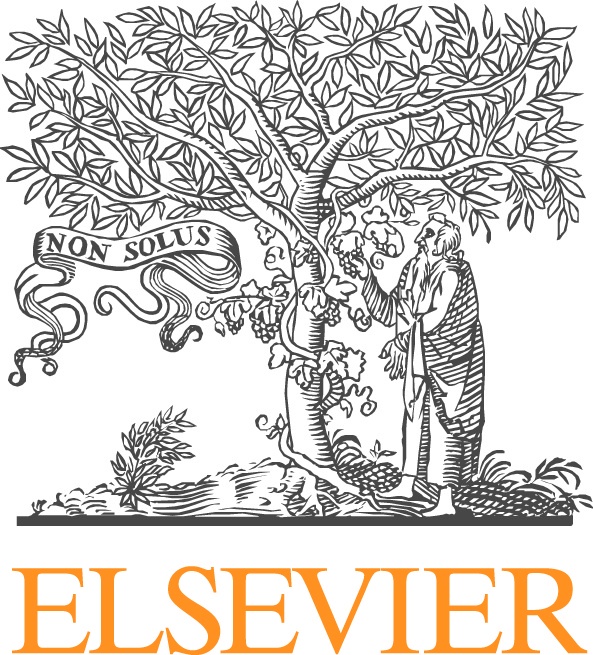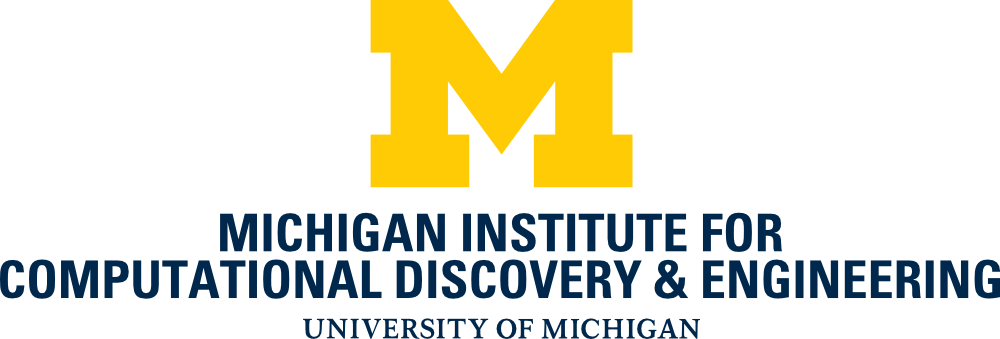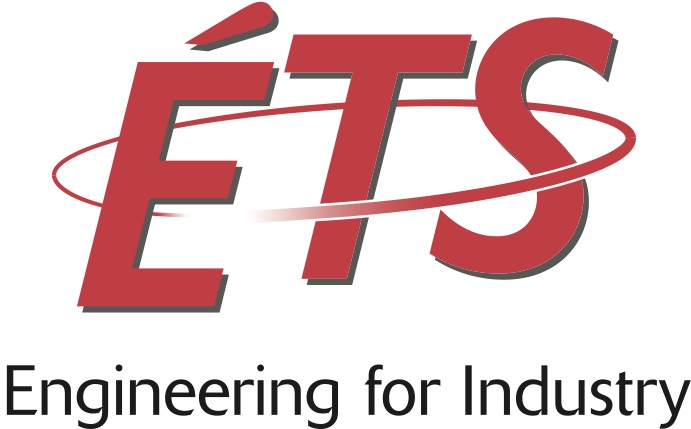SC14-007: The Cut Finite Element Method: Analysis, Algorithms and Applications
Dr. Andre Massing, Umea University
Dr. Susanne Claus, Cardiff University
Many important phenomena in science and engineering problems can be modeled by a system of partial differential equations (PDEs) posed on complicated or evolving domains, possibly of different topological dimensionality. A prominent use case are flow and transport problems in porous media when large-scale networks of fractures and channels are modeled as 2D or 1D geometries embedded into a 3D bulk domain. Other important examples include reaction-diffusion systems to describe cell motility or two-phase flow problems with surfactants. But with complex lower-dimensional and possibly evolving geometries, traditional PDE discretization technologies are severely limited by their strict requirements on the domain discretization.
In this course, we will give an introduction to the cut finite element method (CutFEM, [1]) as a novel general computational framework for the numerical solution of PDEs. CutFEMs allow for a flexible representation of complicated and evolving geometries, while maintaining the accuracy and robustness of a standard finite element method. Starting from the simplest Nitsche-based unfitted finite element methods for treating typical boundary value problems in computational mechanics, we show how the same principles can be applied in more complex scenarios, including interface problems, PDEs on surfaces and embedded manifolds of co-dimension > 1 and finally, surface-bulk problems. We explain how the abstract CutFEM framework allows us derive provably optimally convergent and geometrically robust CutFEM schemes for various problem types in a unified manner. In particular, we discuss various CutFEM stabilization which address the classical challenges in unfitted discretization methods such as geometrical robustness, stability, optimal convergence, and conditioning of the resulting discrete systems.
The second part of the course focuses on a number of implementation aspects and concludes with a guided hands-on session. Using our FEniCS-based open source software library libcutfem, attendees will have the chance to quickly implement and test the presented CutFEMs themselves for a number of prototype problems.
[1] Burman, E. and Claus, S. and Hansbo, P. and Larson, M. and Massing, A. CutFEM: discretizing geometry and partial differential equations. Int. J. Numer. Meth. Engng. 104:472– 501 (2015).







